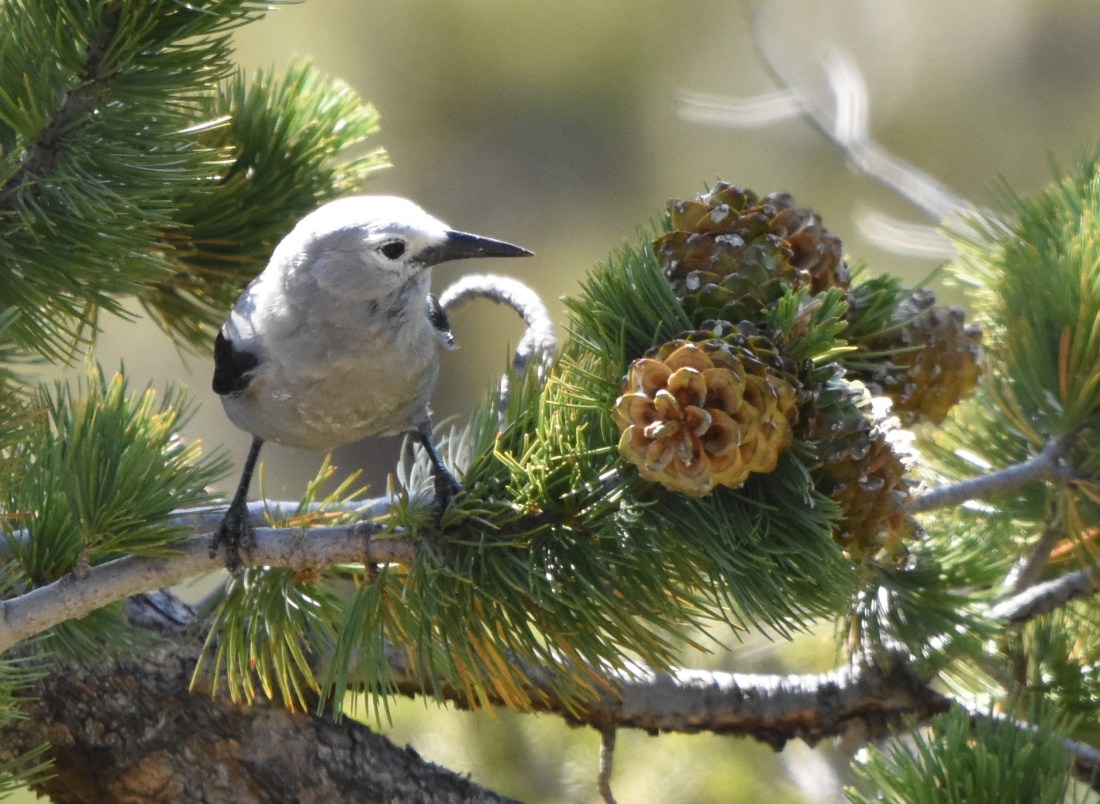March 22, 2024
Most of the year I’m out taking pictures in my home state of Michigan, but I always look forward to our change-of-pace visits to Florida during the winter months where I can go looking for all the beautiful birds that I rarely, if ever, find in Michigan. This was our first trip back in three years; a welcome change after more than two years of COVID, and the deaths of our two very old dogs.

One of my favorite Florida birds to photograph is the brown pelican. It is both charmingly elegant and absurdly acrobatic. I have found them posing stoically on a pier waiting for a tasty handout from the fishermen, and I have watched in amazement as they soar into the air, contorting their bodies like pretzels, and then plunging head first into the water. What a fun bird to watch and photograph!


By comparison, Florida also has the American white pelican; an equally fun bird to photograph, but without the acrobatic skills of its cousins, the Browns. White pelicans are scoopers not divers. They glide gracefully along the water and scoop up fish, often working cooperatively with their peers to herd a school of fish into a dense ball or toward shallow waters where it’s more difficult for the fish to escape. Cooperative herding catches more fish!

A much smaller, less obvious shorebird that scurries about on the Florida coastlines is the willet. I’ve found at least one willet, usually more, on every one of my beach walks. They skitter tirelessly in and out of the waves searching for crabs, crustaceans, and mollusks in the water-soaked sands, and provide endless entertainment for me as I amble along the shore.

Running around with the willets at an even faster pace, are the tiny, two-ounce sanderlings. It doesn’t seem possible that these little birds can run as fast as they do! Their little black legs are a blur as they race back and forth along the beach like cartoon characters, stopping only for a millisecond to probe the wet sand for crabs and other invertebrates left by the receding waters. Rachel Carlson, in her book Under the Sea Wind, poetically described the sanderling’s breakneck run as a “twinkle of black feet.” What a perfect description!

Mixed in with the willets and the sanderlings, I might also find the ruddy turnstone; a smaller bird than the willet but bigger than the sanderling. Its name aptly describes both its appearance and what it does! This is a stocky, reddish-brown shorebird that flips over stones, shells, and seaweed looking for food. Sometimes there are dunlins in the mix as well; a little shorebird that looks similar to the sanderling but is slightly bigger and has a longer bill.


Then there are all the gulls, terns, and skimmers either flying overhead or taking a break along the shore! I took hundreds of pictures the other day of the Forster’s terns soaring above the ocean waves, then plunging into the water to catch a fish; and hundreds more shots of the black skimmers gliding just above the surface of the water with their lower beak barely touching the water as they scooped up fish! It’s always a fun challenge trying to catch these birds in flight!




Another bird in flight that’s fun to catch is the Osprey. We have osprey in Michigan, but I rarely find them. In Florida, you can find them everywhere, hovering over both large and small bodies of water, preparing to plunge feet first into the water and grab a fish with their sharp talons! I like to catch them as they emerge from the water, a good-sized fish in tow, lifting into the air with a thousand beads of water spinning off their feathers in all directions.


When I’m not walking along the ocean beaches looking for birds, I’m stalking the smaller bodies of water in search of herons, egrets, ibises, storks, and the mostly elusive roseate spoonbills. On this particular visit to Florida, my first wood stork and spoonbill were standing at the edge of a retention pond, behind a locked fence along a busy roadway near a strip mall! It was not an easy picture to get! The herons, ibises and egrets, on the other hand, have been much more cooperative!





Then there are birds that I’ve seen on previous trips to Florida, but have yet to find here in St. Augustine; birds like the black-bellied whistling ducks, black-necked stilts, crested caracaras, glossy Ibis, gallinules, painted buntings, and sandhill cranes with their babies. To find some of those birds, Mel and I took road trip to the Merritt Island National Wildlife Refuge in Titusville, Florida.



Merritt Island is one hundred miles south of where we are now and is billed as “one of Florida’s premier birding sites.” It was established in 1963 for the protection of migratory birds and provides a wide variety of habitats including coastal dunes, saltwater marshes, scrub, pine flatwoods, and hardwood hammocks. It is home to more than 1,500 species of plants and animals!

To get to Merritt Island, we left before dawn and arrived by 8:00 a.m. Mel and I wanted to have the entire day to wander around the refuge –and take a ridiculous number of pictures! We found black-necked stilts, common gallinules, reddish egrets, glossy ibises, roseate spoonbills, and a variety of other delightful birds. It was a day well spent!



In less than two weeks we’ll be heading back to Michigan; just in time for the daisies and the daffodils, the chatty red-winged blackbirds, the rose-breasted grosbeaks, and the comforting sounds of the spring peepers drifting through the screens on a warm April evening; all the sights and sounds I love to welcome me home!


















































































































































































































































